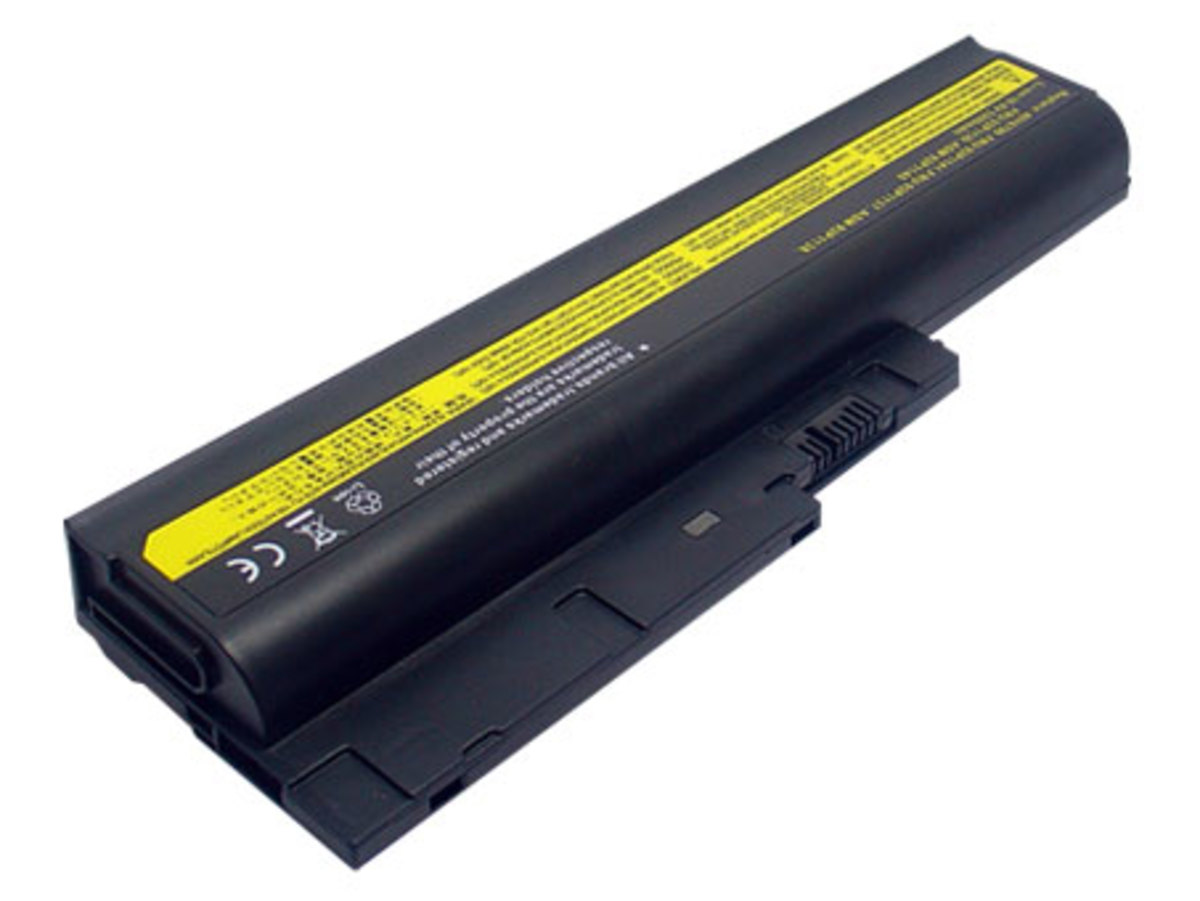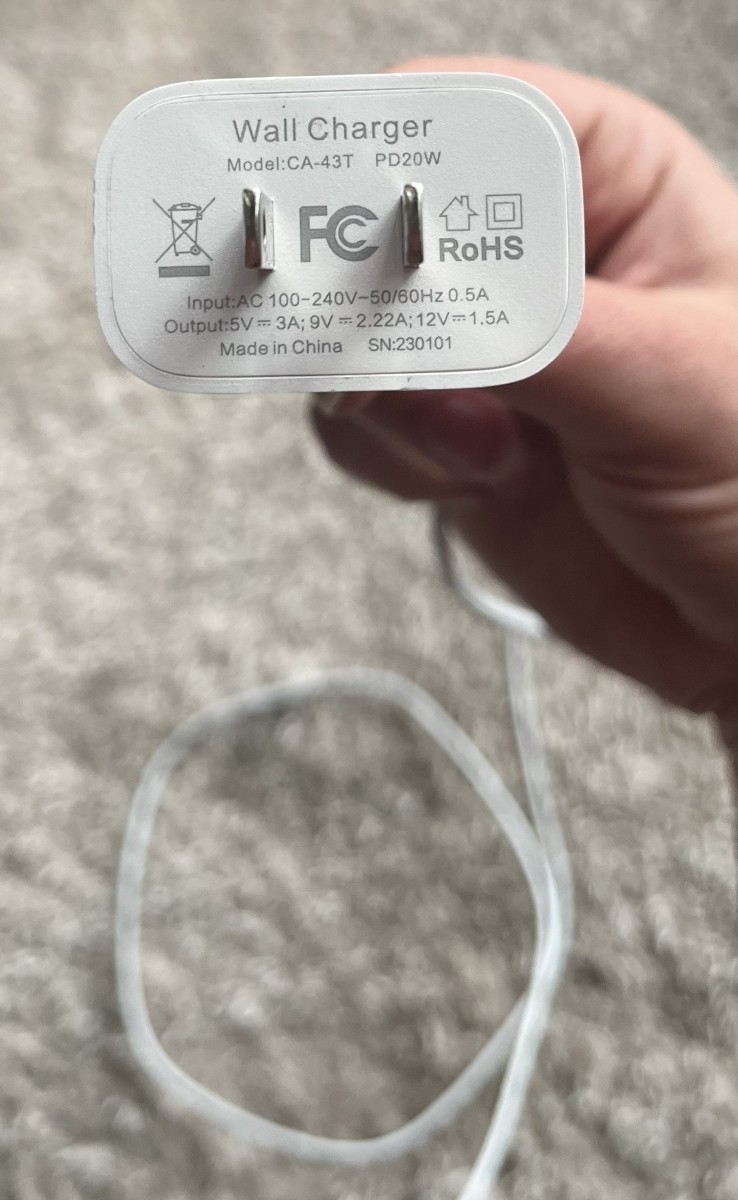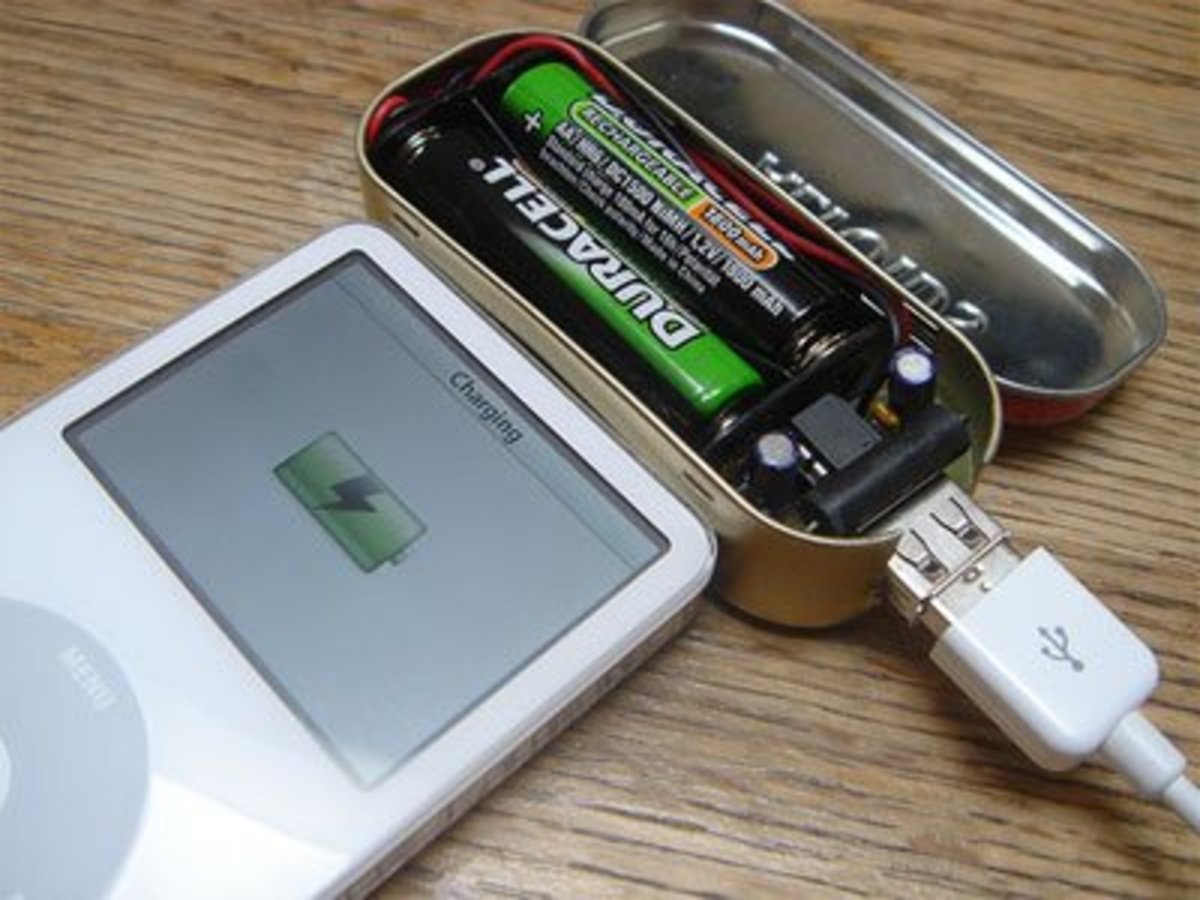Transparent Solar Energy and Supercapacitor to Replace Lithium-Ion Battery
If Gordon Moore’s Law is anything to go by, the extraordinary leaps in the smartphone and tablet speed have proved extraordinary: except for one little thing – lithium ion battery!
Whereas processing technology is advancing almost exponentially, development in battery technology is not playing catch up: Only until recently, the de facto standard lithium ion battery was undergoing what looked like an endgame and there was little to hope for!
That is until solar energy and other possibilities became talk of the town.
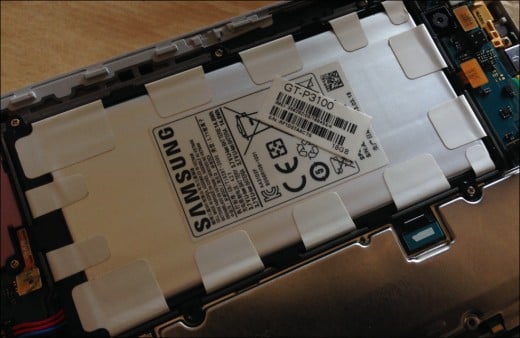
Lithium-ion Battery Blues!
Just a few years ago, phone batteries lasted weeks, and charging was never a pain. With the advent of smart gadgets, however, contemporary lithium-ion batteries can hardly stretch beyond twelve hours of constant use.
Added features and continued user dependence on gadgets are contributing factors to the predicament of lithium-ion technology.
With reduced battery capabilities, gadget owners find themselves at a loss and having to exercise added discipline in order to match the battery inadequacy.
As a result, battery optimization practices based on manufacturer and user power-saving guidelines have become behavioral.
This means that gadget owners have to contend with stressful power saving routines in order to remain connected.
Enhanced internet speeds like 3G and 4G have to be turned off when not in use, GPS services and apps have to be switched off, and listening\watching to\of mp3\video files is kept at a minimal.
Now, this beats the very purpose of modern smartphones and tablets!
The Future
Can we therefore believe that the best in lithium ion battery technology has been optimized and that nothing more can be sucked out of this raw material?
Not really.
Attempts are being made to enhance the lithium ion battery as is, and make it evolutionary. A number of optimistic ‘innovations’ aim to either supplement or totally revamp energy storage in mobile gadgets. I will mention two below.
1. Transparent Solar Technology: Photo-voltaic Thin Film
Transparent solar charging system is simply about charging your mobile using solar energy.
Photovoltaic thin film makes use of light to charge a mobile gadget and thus lithium ion battery.
This innovation was brought to world attention during the January 2013 Mobile World Congress in Barcelona. The technology uses a specialized transparent and almost un-noticeable film that is attached to a smartphone or tablet screen. This film attracts light rays and should enable the connected battery to charge continuously.
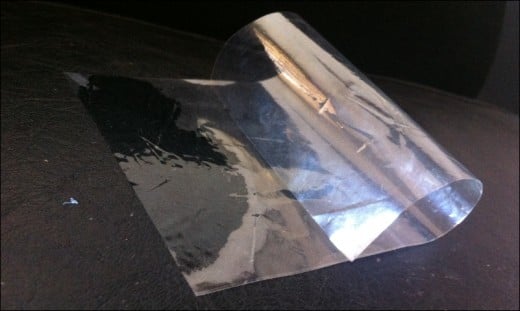
The creation of this transparent film is the invention of a French company called WYSIPS (What You See Is Photovoltaic Surface).
The slight disadvantage with this charging is that it will not be as quick and efficient when done in-doors, but will be slightly faster when done out-doors.
Overall charging time is not impressive, demanding almost half of the day to complete full smartphone charge.
The good point is that charging will almost always take place and unless otherwise, the battery should never run out of charge.
2. Graphene Oxide and Super Capacitor
Another future battery innovation is pioneered by Cabot Corp which is working around the clock to provide long lasting atoms of graphene oxide additives which can be integrated within lithium-ion batteries to boost energy retention.
Graphene is a light carbon material, which is made of graphite and is arranged in atom sheets.
When integrated inside lithium ion, graphene improves conductivity and is capable of ensuring high energy density. The combination is one of what promises to boost lithium battery energy density for more than just a few hours.

The Nobel Prize winning Cabot promises that graphene integration should provide longer and reliable battery hours or days of true battery life.
Cabot is reportedly also working on a charging system alternative to lithium ion battery.
The corporation intends to use super capacitor as a means to store charge energy in smartphones and tablets. Apart from ensuring longer charges, super capacitors will also make it possible to charge gadgets in super short times.
Hours of traditional charging could be reduced to minutes and seconds.

Do you sometimes feel mobile battery technology may never get better?
What to Do With Your Current Battery
As the world awaits full-scale implementation of photovoltaic transparent film and graphene additive carbons innovations, you can make-do with backup charging options below:
- Optimize and prolong your smartphone battery life.
- Monitor which apps eat your lithium battery away.
- You can carry a battery pack with you. Note: Of course iPhones do not make it easy for you to swap batteries.
- You can also carry power bank packs in your bag in order to do mobile charging.
- Advancement in wireless charging also means you will soon charge most of the smartphones in the market by wireless means.
© 2013 Alfred Amuno


